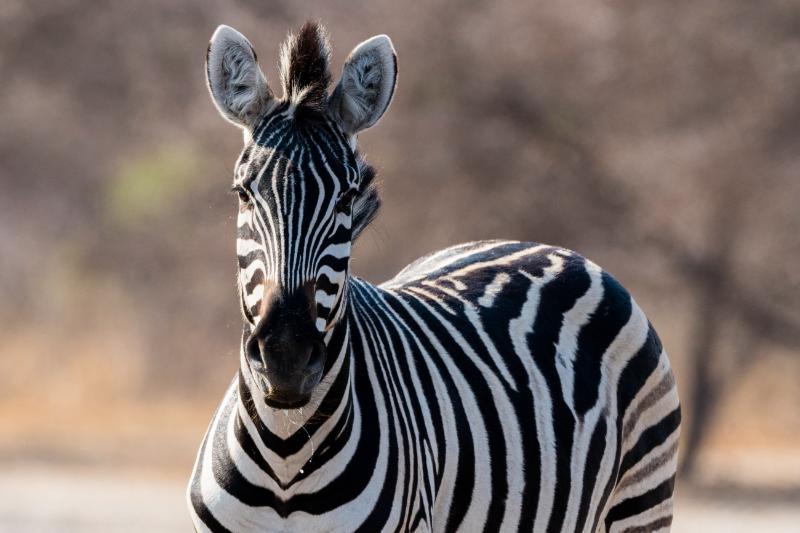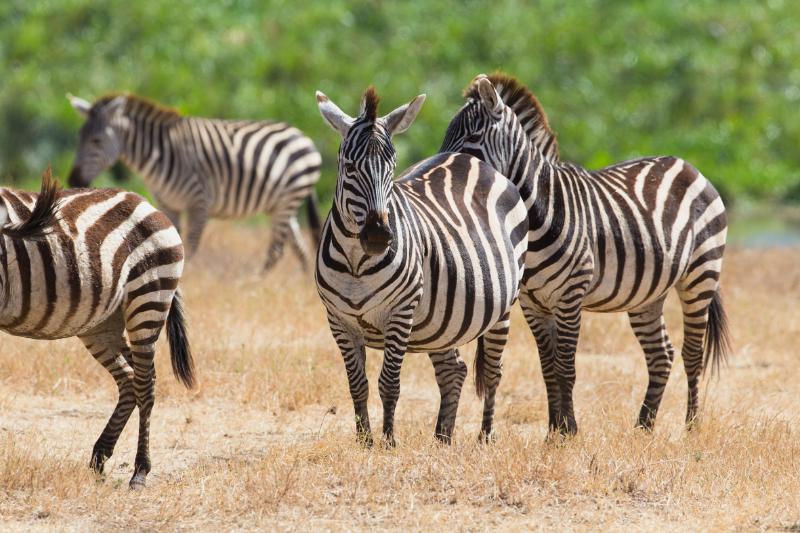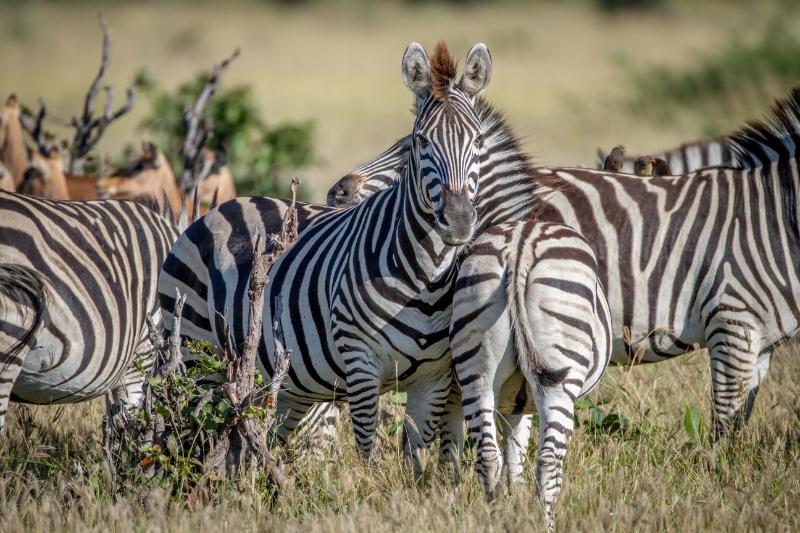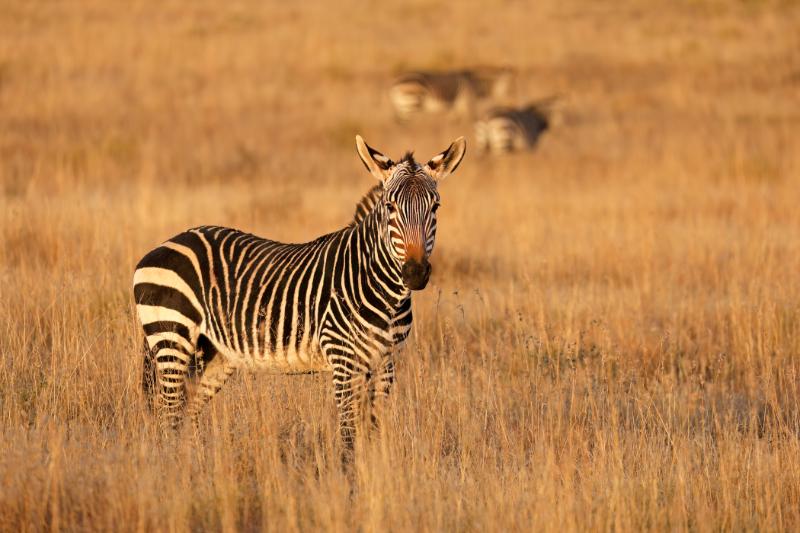Unveiling the remarkable world of the zebra, our objective is to delve into the particularities of their dwellings. To truly grasp the essence of these equine marvels, we begin by exploring their environment – where they thrive, forage, and breed. Known for their distinct migration during the rainy season, zebras present a captivating study, effortlessly adapting to a variety of habitats and climates.
Primordial Settlements in Africa and Their Influence on the Zebras Habitat

Primarily across the southwestern, eastern, and southern regions of Africa; Zebras flourish in diverse domains, most remarkably well in Kenya and Tanzania. With the advent of the rainy season, they migrate across the sprawling Serengeti lands, showcasing a strong inclination towards adapting to changing conditions. From traversing deserts to sauntering in dense forests, the zebras display an unmatched agility. However, one indispensable necessity in a zebra’s habitat, amidst varying biomes, is a reliable water source – making it a cornerstone of their survival.
Distinct Zebra Physique: An Adaptation to the Habitat

Resembling horses yet standing out starkly with their black and white stripes, zebras are a spectacle in the wild. Interestingly, each zebra bears a unique striping pattern facilitating easy identification. The zebra’s size, directly impacted by its habitat, is worth noting. The smaller equus zebra, for instance, is native to mountainous terrains, whereas the plains house the larger equus grevyi zebras – blanketed with a higher density of stripes. Therefore, the zebras habitat plays a significant role in determining not just its size but also its health and vitality.
Adaptation Features of the Zebra
- A zebra’s long legs and sturdy hooves favor migration across varying terrains.
- Their unique classification as ‘equids’ comes from medium size and peculiar toe formation.
- A diet diverse in tough grasses, high fiber foods, and even tree bark is comfortably digested due to their simple stomachs and strong digestive systems.
The Migration Season: A Substantial Influence on the Zebras Habitat

During the rainy season, typically between October and December, zebras instinctually follow the rains, signaling a temporary shift in their habitat. Collateral to their dependency on water, they tour diverse landscapes, covering about 500 miles every season in search of grassy expanses. With a staggering 80% of their time spent grazing, a sedentary group of zebras in Tanzania enjoy the most bountiful habitat – with food available year-round.
A Closing Note: The Ever-evolving Zebras Habitat

To sum up, zebras are quintessentially versatile, flourishing in almost any habitat owing to their annual migratory pattern. Aided by adaptations such as powerful teeth and a sturdy digestive system, zebras are built to thrive, wherever their journey takes them. So, it wouldn’t be an exaggeration to assert that a zebra’s habitat is as dynamic as the black and white stripes that adorn it!